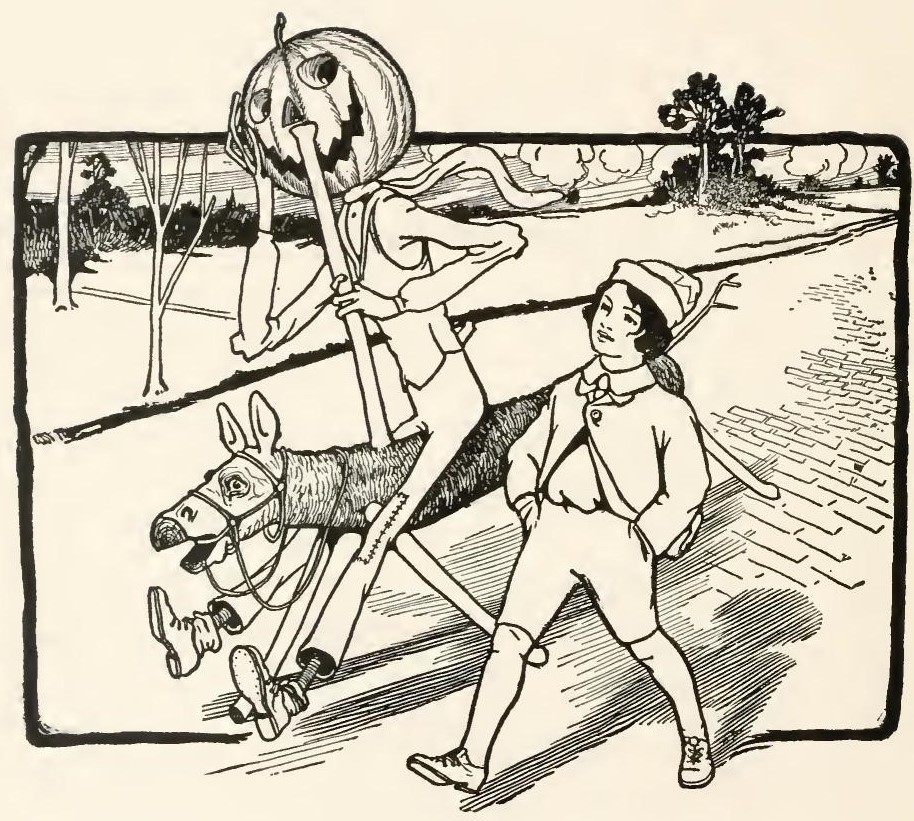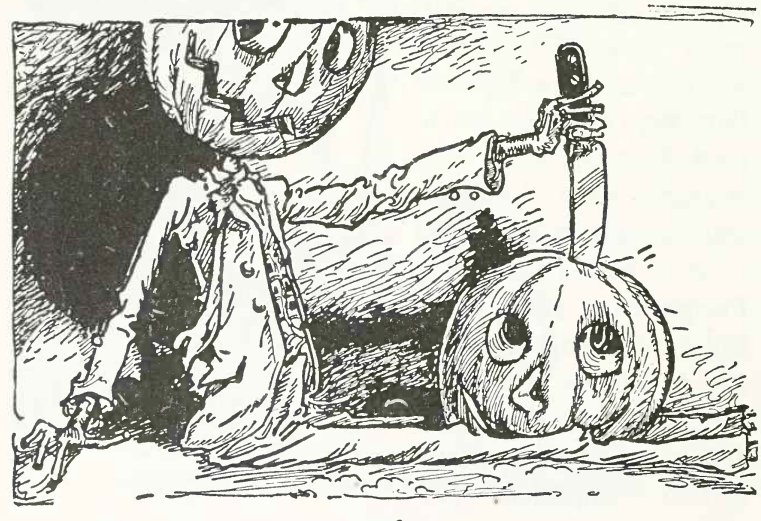Some Final Thoughts about Oz

As we’ve seen in this series, L. Frank Baum possessed a rare creativity but struggled with plotting, characterization, pacing, and continuity, in other words, with writing novels. Through the experience of discovering how insipid it could have been, I have gained a whole new appreciation for the craft and care of the original The Wonderful Wizard of Oz. It is a pity that Baum never recaptured the tight writing that makes Ozma of Oz so appealing or the satisfying and meaningful journey of The Wonderful Wizard. But after the third book, for branding reasons, he dared not substantially challenge the status quo of his fantasy world stasis, where even children are trapped as children forever.
In the original novel, Baum wrote that his objective was to create fairy tales for modern children “in which the wonderment and joy are retained and the heart-aches and nightmares are left out.” What this naïve perspective misses is that the wonderment and joy are only possible, in art, when there are heartaches and nightmares to compare them to. Pain and unpleasantness are part of life, and stories entirely without these traits are lifeless. Triumph only feels triumphant if the characters previously suffered heartache and nightmares. The return to Oz in Ozma of Oz feels so ecstatic because chapters and chapters of horror precede the rejoicing. The unpleasantness (save the racism, which is just a pity) is what renders The Patchwork Girl of Oz more interesting than the pastoral fluff of The Road to Oz and (most of) The Emerald City of Oz. As the Shaggy Man says, “[A] little misery, at times, makes one appreciate happiness more” (Patchwork Girl 136).

Baum knew this too. That mission statement of his was a lie—there is no way he wrote scary stories by accident, particularly the unrelenting horror in Ozma of Oz and Dorothy and the Wizard in Oz. Even the original novel contains nightmares and heartache, opening with Dorothy leading a life of hopeless poverty and then being separated from her home and family in a frightening weather phenomenon (that still scares me as an adult) that causes her to kill a slave-driving dictator in a freak accident in a world prowled by monsters. These darker aspects are an essential ingredient of the Oz series. The whimsical characters tend to be merry despite existing in their own little hells (the Tin Woodman’s dismemberment, the Wizard’s fraud imprisoning him to live in fear in his castle, Jack fearing constantly that he will rot, the Hungry Tiger’s yearning to eat babies but conscience stopping him, and so on).
However, after the grizzly Dorothy and the Wizard in Oz, Baum seems to have tried to genuinely remove these darker elements from his stories. Increasingly his characters lose defining traits in service of being mindlessly happy and kind and (an idea of) funny all the time, though almost never kind enough for a moment to be touching. For instance, even the Scarecrow’s alleged intelligence largely vanishes after the first novel so that he can spend the rest of the series as a blob of goofy character-shaped putty filling a spot in the roster.
